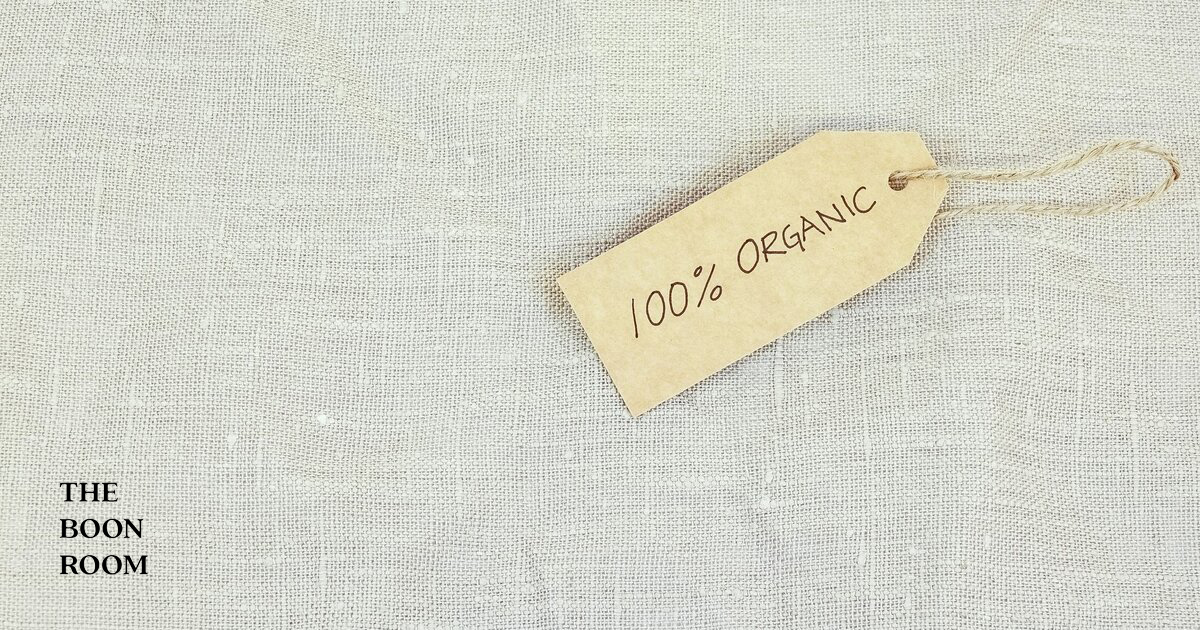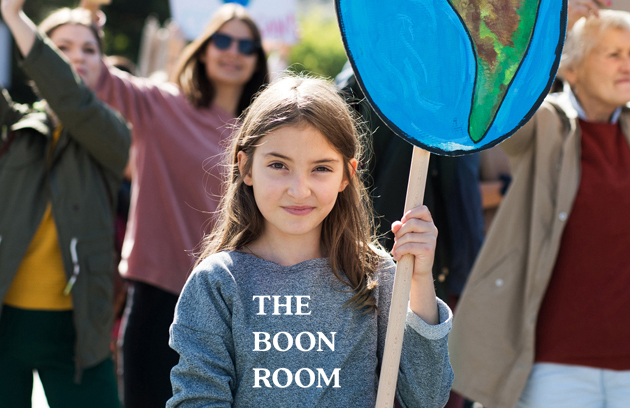Although it has been an integral part of human civilization for millennia, hemp is currently experiencing a boom in popularity throughout a wide range of US industries. The passing of the 2018 Farm Bill removed hemp from the federal list of controlled substances and legalized it and other low-THC derivatives of the cannabis plant for agricultural purposes. This has allowed entrepreneurs throughout the nation to revitalize the hemp industry, develop innovative new products, and provide a premium, eco-friendly alternative to cotton. Today’s consumers are more aware and environmentally conscious than ever and want to know everything they can about their options for making informed purchasing decisions.
Hemp’s variety of benefits has allowed it to regain its once-prominent status among the textile industry, and this trend shows signs of continuing to increase in the future. Research suggests that by 2025, the global hemp industry will reach $10.6 billion, with a compounded annual growth rate of 14%. Not only does hemp generate revenue, but it can also save money by reducing the cost of agricultural activities. A recent comparison of fertilization, cultivation, irrigation, and pest control costs has demonstrated that adopting hemp can save businesses a fantastic 77.63% compared to other crops with lower yields.
If you are interested in investing your money in premium products, review the information below to learn more about hemp, its numerous advantages over cotton, and why it is ultimately the better choice for the average consumer. In addition, the Boon Room is dedicated to educating readers about sustainability and helping them explore valuable alternatives to traditional materials. So, the next time you shop online, you should seriously consider forgoing cotton and trying hemp for the sake of your comfort, your wallet, and the Earth.
Why Don’t We Use More Hemp?
Because hemp is created from the cannabis plant, it has been subject to nearly a century of legislative measures that restrict the ability of farmers to grow it, manufacturing companies to transform it into valuable products, and consumers to possess it. The Marihuana Tax Act of 1937 instituted taxes so expensive that no one could afford to participate in the hemp industry, then the Controlled Substances Act of 1970 classified marijuana as a Schedule 1 drug, effectively making hemp illegal and prohibiting its cultivation. In the 1930s, proponents of anti-cannabis legislation erroneously claimed that consuming marijuana led to unpredictable behavior and violent outbursts, making it a significant threat to society.
However, the heart of this fearmongering was not a desire to protect American citizens from marijuana but to encourage racism, xenophobia, and oppression. The recreational smoking of cannabis was popularized initially in the US by Mexican immigrants, then became popular among Black jazz musicians. Harry Anslinger, commissioner of the Federal Bureau of Narcotics appointed during the Prohibition era, created and promoted a false narrative around cannabis that influenced public perception for decades. According to him, marijuana turned teenagers into crazed, Satan-worshipping killers, made Black people resistant to their place in society, and prompted White women to have sexual relations with them.
These claims seem outrageous today, and modern research has demonstrated that marijuana has few adverse side effects, is not a “gateway drug” that leads to harder substances, and is comparatively much safer than alcohol. Even more importantly, hemp includes very low amounts of THC, the psychoactive component of marijuana that causes its characteristic high. After hemp farming was brought to a screeching halt for nearly half a century, the law is now finally catching up with science. In the Farm Bill of 2018, the federal government has reevaluated its position on hemp and made a clear legal distinction between marijuana and hemp, based on the level of THC present in the plant (hemp must contain less than 0.3% THC). This has caused hemp cultivation and production to experience a resurgence across the nation.
Is Hemp Better Than Cotton?
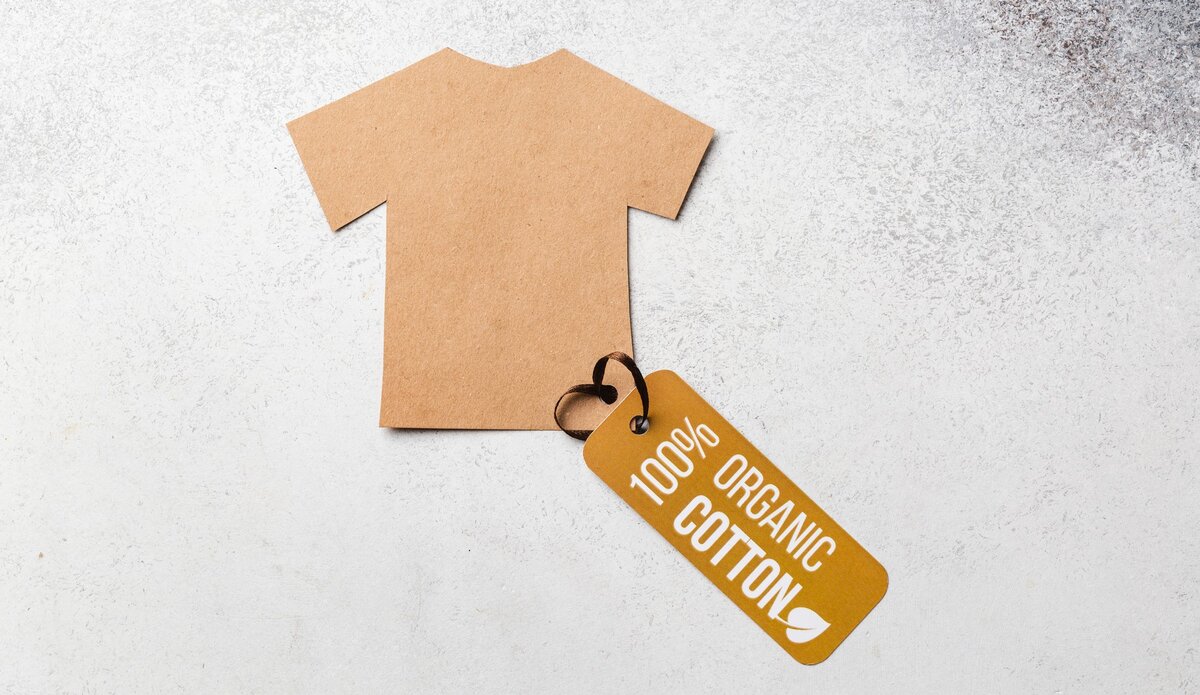
Another fiber that has been used for thousands of years, cotton, has been the undisputed leader of the textile industry around the world, with global manufacturers producing an average of 20 million tons of cotton each year that goes toward creating up to 40% of fiber products. Hemp and cotton are incredibly valuable for making clothing, linens, and other products, but cotton inarguably dominates the textile industry. A report published in 2018 by the American Enterprise Institute found that cotton producers receive over $2 million in federal subsidies each year and nearly $365 million in crop insurance programs, costing American taxpayers almost $2.5 billion annually. With this much money at stake, cotton also has a serious impact on our politics by incentivizing politicians to pass laws that suppress alternatives such as hemp.
While cotton has long been the top choice for clothing, bed linens, and other textiles, comprehensive research demonstrates that hemp is genuinely better than cotton in virtually every aspect, from its impact on the environment and health to the actual quality of textiles it produces. In addition, industrial agriculture is consistently noted as one of the most significant causes of global climate change. As this danger threatens to irreparably alter our world, it becomes increasingly vital to develop sustainable alternatives.
But, can you replace cotton with hemp?
Yes! Hemp serves as a biodegradable replacement for an impressive array of products, including cotton, building materials, fuel, and even plastic polymers.
Benefits of Growing and Using Hemp Instead of Cotton
The facts are based in science. Growing and using hemp as an alternative just makes sense, environmentally, financially and socially. Here’s why:
Hemp Crop Land Usage is More Sustainable
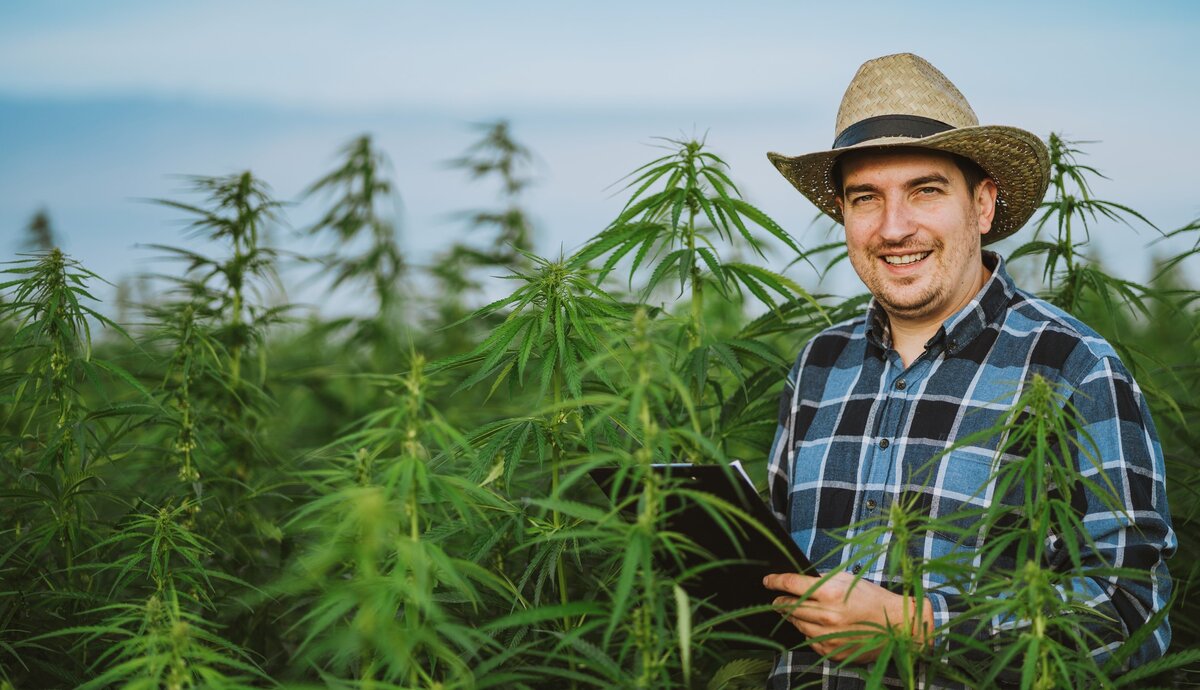
Hemp plants feature a slender shape and grow up to 15 feet tall, meaning many plants can be grown in a smaller amount of space. One acre of hemp can produce roughly 1,500 pounds of usable fiber, three times the amount of cotton grown on the same area of land. Hemp is also incredibly fast-growing, reaching full maturity after an average of two months, compared to cotton, which can take over two months. Hemp plants require fewer nutrients than cotton and possess deep root systems that aerate the soil and prevent erosion. These plants improve the quality of the soil they are grown in, enhancing the quality of the product and helping protect the land from deforestation.
Farmers can use the same land to grow hemp for several consecutive years without risking a reduced yield or soil quality. Because of its pest-resistant and weed-suppressing properties, it is also an ideal rotational crop. Any remaining plant matter that is not harvested can be plowed back into the soil to serve as fertilizer. In contrast, cotton is grown in a monoculture, drains the soil of its nutrients, and further damages it with pesticides. Additionally, genetically modified cotton has been found to produce an enzyme that remains in the soil after the plant is harvested and decreases soil biodiversity. All these factors work together to directly damage the soil and reduce the quality of the cotton.
Hemp Growing Requires Less Water Usage
Growing hemp uses less than half the amount of water that cotton uses; cotton requires 5,280 gallons of water to produce a single T-shirt or pair of jeans (2.2 pounds of cotton). Just as hemp’s fast-growing properties allow it to use less land, it also dramatically reduces water usage by producing more crops in a shorter time. Cotton is typically grown in arid locations worldwide, so farmers cannot solely rely on rain to keep up with water demands but must develop intensive irritation systems that can destroy the soil. Because cotton requires so much water, many cotton-producing areas such as India are experiencing frequent droughts and desertification.
Hemp has Less of an Environmental Impact
Along with requiring less land and water to grow, hemp is naturally resistant to various pests, including insects, mites, fungi, bacteria, nematodes, protozoans, and weedy plants. In contrast, cotton cultivation is responsible for 10% of agricultural chemicals and 25% of pesticides across the globe. These chemicals spread throughout the soil and leech into nearby rivers and streams, causing water pollution that seriously harms habitats and reduces the biodiversity of ecosystems, which is critical for supplying oxygen and water, pollinating plants, controlling pests, and maintaining the well-being of people and animals.
Weather hemp is grown indoor or outdoor, it’s still much more environmentally friendly than growing cotton.
Hemp Growing Reduces Ethical Concerns
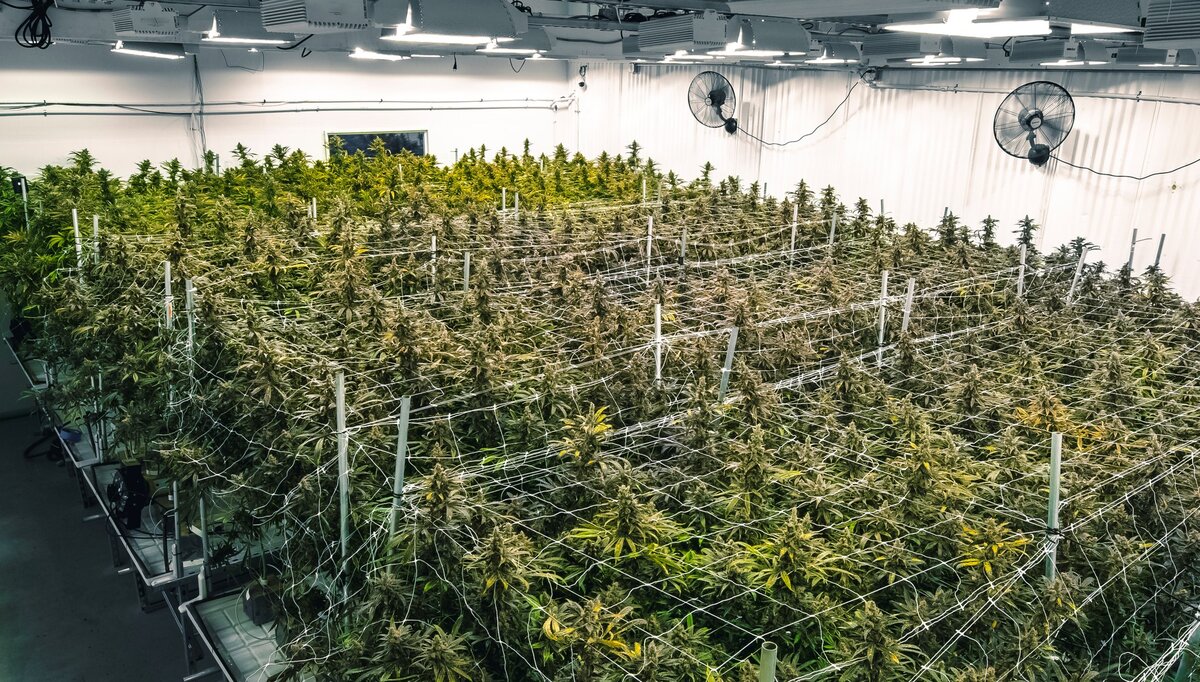
Because hemp requires less land and water to grow, it leaves many of these resources for the people in surrounding communities. When people have access to land with healthy soil and clean water, they can direct their efforts from meeting their basic needs to building thriving industries that employ residents and support the economy. Pesticides and other chemicals used in cotton cultivation harm the environment and create a serious safety hazard for workers who are regularly exposed to them. Cotton is a common crop in developing countries without the same strict standards American companies must adhere to, allowing them to maintain poor working conditions. Hemp production provides materials for all the same products as cotton but without these alarming ethical concerns.
Many hemp farms are actually indoor grows now. For thousands of years hemp has grown under the sun. However, in more recent years our botanical knowledge around hemp flower production has grown tenfold. We now know how to use indoor cultivation environments to create the perfect conditions for growing beautiful, fragrant hemp flower. And, better yet? Indoor grows don’t need any pesticides at all and often times use an irrigation system that recycles water and is even more sustainable.
Durability
Hemp is one of the most durable, premium textiles available today. It has three times the tensile strength of cotton, making it more robust, more flexible, resistant to stretching and pilling, and able to retain its shape and quality for longer periods. Unlike cotton that gradually disintegrates with each wash, hemp becomes softer over time. Consumers often pose the question, “Is hemp more breathable than cotton?” The answer is a resounding yes! Although it is remarkably insulating, hemp breathes exceptionally well. It is highly water absorbent, allowing it to draw moisture away from your skin and keep you dry and comfortable all year long. It is also hypoallergenic, antibacterial, and helps block UV rays. Hemp cloth is more expensive than cotton, but its durability means it can last for upward of 30 years and has even been found in tombs more than 10,000 years old. Because cotton breaks down over time, you ultimately spend more money by continually replacing items than you spend by investing in hemp clothing instead.
Hemp Versatility
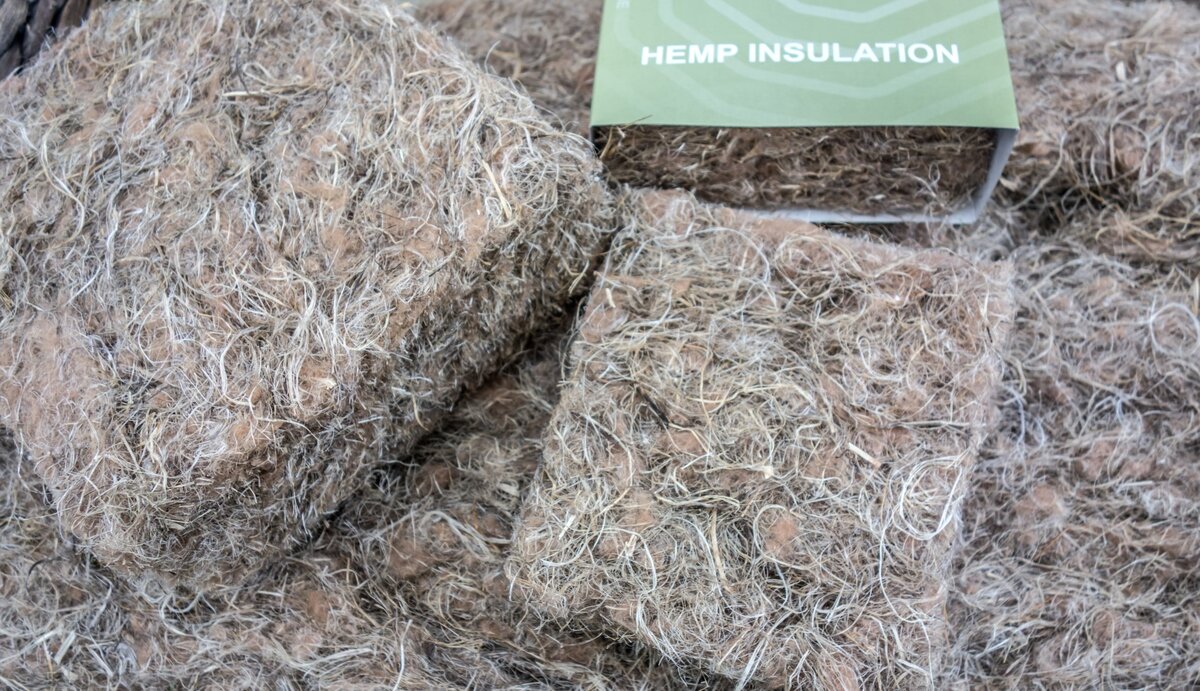
Hemp is incredibly versatile, and every part of the plant can help produce a variety of materials. Experts estimate that there are currently more than 20,000 different ways to use hemp, and new technology has given innovators the tools to increase this number further. Currently, some of the most prevalent uses for hemp are:
- Food and drinks—seeds, protein, flour, salad dressing, tofu, candy, chewing gum, granola, pasta, milk, tea, and vodka
- Personal care products—shampoo, soap, bath bombs, lotion, lip balm, make-up, nail products, detergent, toothpaste, sponges, diapers, and tampons
- Animal and pet products—food, bedding, leashes, collars, and toys
- Textiles—yarn, fabric, clothing, socks, gloves, bags, wallets, shoes, rugs, mattress, bed linens, canvas, and burlap
- Paper—books, archival documents, sacred and religious texts, journals, notebooks, sketchbooks, magazines, posters, flyers, and business cards
- Paper products—paper towels, toilet paper, tissues, coffee filters, tea bags, packaging
- Cordage—rope, twine, fishnets, bowstrings, and parachute webbing
- Building materials—wood, particleboard, composite, plaster, concrete-like blocks, and thermal insulation
- Miscellaneous—canvas, ink, paint, ceramics, candles, brooms, guitars, surfboards, mulch, weed control, batteries, dynamite, biofuel, and plastic
Additionally, although industrial hemp contains minimal THC, it does feature higher levels of CBD. This cannabinoid has natural anti-inflammatory properties, providing medicinal benefits to patients experiencing various mental and physical health issues, such as chronic pain, anxiety, PTSD, substance use disorders, epilepsy, and insomnia.
Learn More About the Benefits of Hemp and Join the Cause

If you are interested in learning more about hemp and all of it’s industrial uses, check out our Hemp Product Wiki.
Sponsored by the Eminent Creative Impact team, our project, The Boon Room, focuses on educating the public on becoming more sustainable through hemp and advocating for its various uses among industries of all types. In addition, we offer comprehensive resources to ensure you understand the myriad benefits and possibilities of hemp, facilitate discussions about sustainability, and provide advice for businesses on how to become more sustainable in today’s market.
We believe good causes need a platform and that takes good people. People who care enough to invest their time, money and talents into giving back. We know that hemp can not only help businesses but also the planet. That’s why we’ve chosen to advocate for hemp and invest our own time, money and talents into this project.
If you want to join the cause, get involved by applying to join the Creative Impact Team here. Together we can make a bigger impact by reaching more people and changing the narrative around hemp.

The Boon Room is more than a website, brand or service. It’s an idea. It’s a project. It’s a mission. It’s a coming together of companies, investors, cultivators, manufacturers, distributors, retailers and inspired entrepreneurs who believe businesses need to look for ways to invest in sustainablity.
